Loading content - please wait...
The Black-Blotched Porcupinefish: Spiny, Shy & Striking
A most unusual fish divers see while diving in Gorontalo is the Black-Blotched Porcupinefish. Most noticeable are its large head and big eyes. Short, strong spines stick out from the back half of its body.
Striking patterns of the Black-Blotched Porcupinefish
Divers can easily recognize a Black-Blotched Porcupinefish. In the video shot while diving Gorontalo, notice its large size. Also striking are the broken dark bars on its face and head. Note the big black blotches on its back and sides. Its fins are yellow. Standing out against its grayish brown body are its white spines.
The scientific name for this fish is Diodon liturosus.
Fish Habits
This fish often hides under rocks or swims slowly along coral reefs. Its large eyes help it while hunting at night. Crustaceans and mollusks compose its main meal. The fish’s beak-like teeth crush the hard shells of these invertebrates. Notice in our video that the fish searches the sandy bottom for something to eat.
A Ball of Spines
When a Black-Blotched Porcupinefish feels in danger, it has a special way to protect itself. It quickly gulps water and swells. This makes its spines stick out. The fish becomes a ball with sharp spines. As a result, predators do not want to eat a fish like that. This defense is common in porcupinefish species.
Divers might see two other porcupinefish species. One is the Spot-Fin Porcupinefish (Diodon hystrix). It has many small black spots all over its body and fins. However, it lacks dark blotches or bars on the face. The second is the Long-Spine Porcupinefish (Diodon holocanthus). A net-like pattern covers its body. Although it has big eyes, it lacks the large blotches of the Black-Blotched Porcupinefish. Also, the spines are longer and thinner.
Good Behavior for Divers
Even though porcupinefish look friendly, divers should approach with caution. Do not chase or touch them. Never try to make one inflate. This stresses the fish since it thinks you want to eat it. At Miguel’s Diving, we believe in safe and respectful diving.
Porcupinefish also contain tetrodotoxin. This is a potent neurotoxin that makes them unpalatable or deadly to most predators and humans.
Since this fish is rarely encountered, seeing a Black-Blotched Porcupinefish during your dive will make a special memory.
For your chance to make memories in Gorontalo, please make your dive reservations directly with Miguel’s Diving.

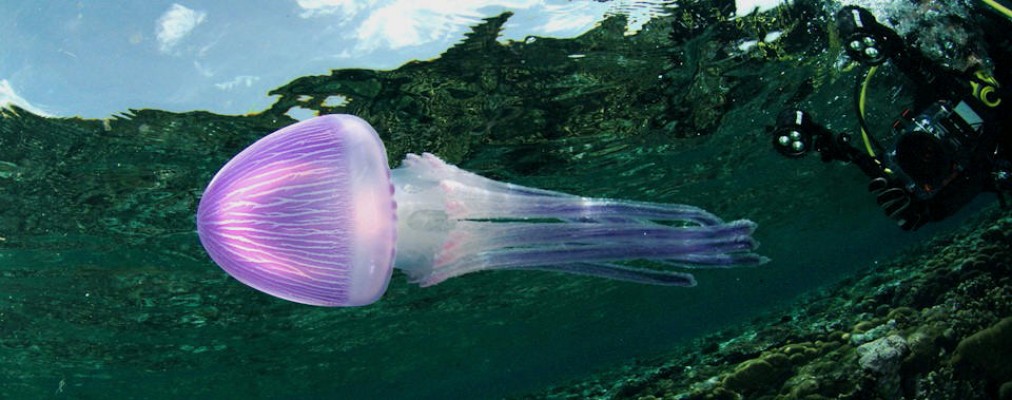
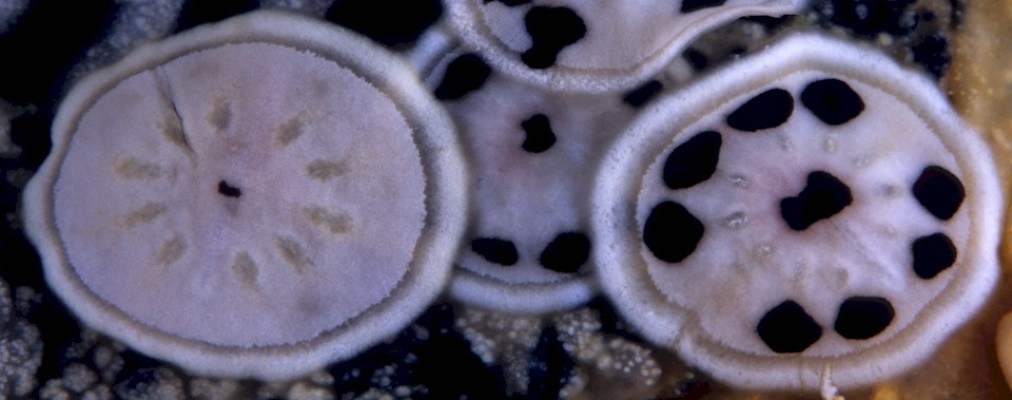
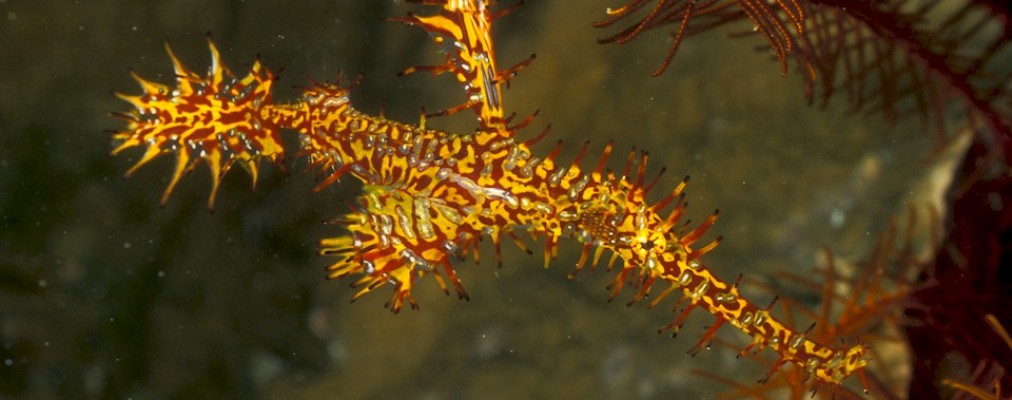
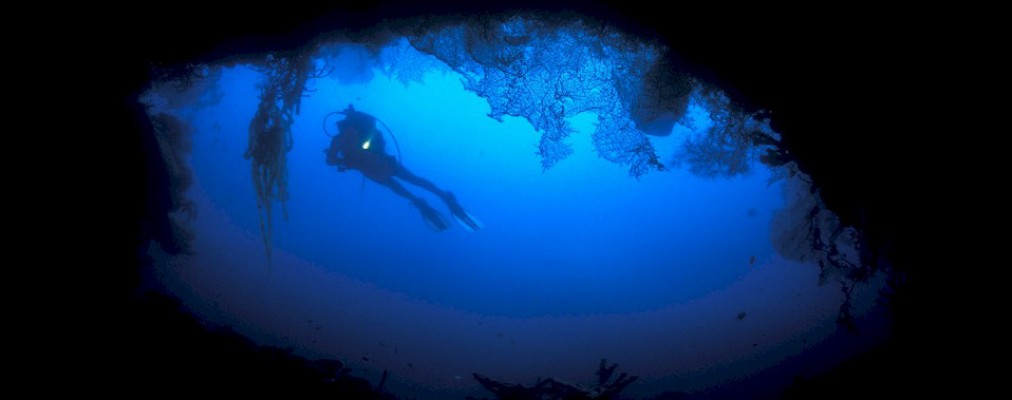
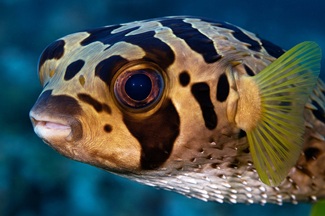

Sorry, comments are closed for this post.